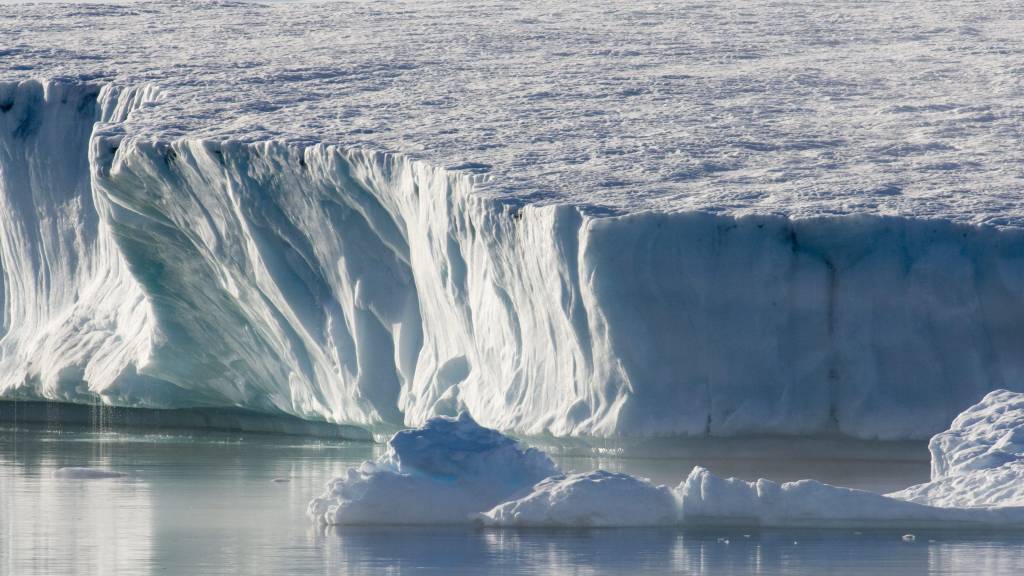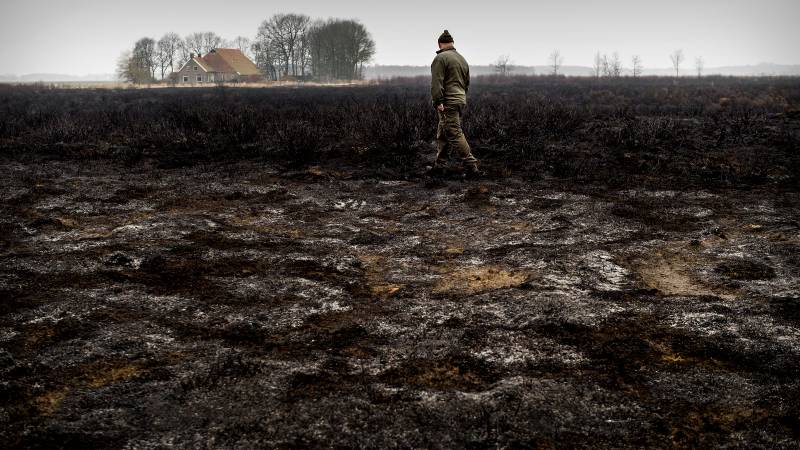To prevent dangerous climate change, the temperature rise should be limited to one and a half degrees. At the opening, the chairman said the Glasgow climate conference was the “last and best hope” for keeping that goal within reach. Now that the climate summit is over, a warming of 1.8 to 2.3 degrees is still threatening.
This is bad news for millions of people. In the coming decades they will have to deal with extreme heat waves, floods, wildfires and droughts.
Half a degree more or less can make a big difference. In 2018, the United Nations’ IPCC Climate Panel defined what the difference between one and a half degrees and two degrees means in practice. Here are some of the conclusions of the IPCC report and other scientific studies.
See for yourself what a difference a degree and a half or two of warming makes:
As you can see: a half-degree rise in temperature has dire consequences. So the Paris Climate Agreement (2015) set a goal of keeping the increase in average global temperature well below 2 degrees (compared to pre-industrial times) and “make efforts” to limit temperature rise to 1.5 degrees.
Climate researcher Helen de Koninck from Eindhoven University of Technology says that this 1.5 degree “limit” is not only ended in the climate agreement. “The one-and-a-half degree temperature was under pressure from the small island nations who saw it coming that with two degrees of warming they would completely disappear and thus lose all of their territory.”
“This is a violation of international law because every country has a right to its own territory. This is a very strong argument.”

Restoration of damaged reefs
ANNP
Moreover, it is hoped that limiting the temperature rise to one and a half degrees will significantly reduce the impact of climate change in other regions. De Koninck: “An example of this would be the disappearance of corals. They would almost completely die with two degrees of warming. At one and a half degrees they might be left with a quarter.”
After it ended up by a degree and a half in the Paris Treaty, the United Nations’ IPCC climate panel was tasked with investigating what this warming might mean for the world. In 2018, the Intergovernmental Panel on Climate Change came up with a file special report. The consequences of a 1.5 degree temperature rise turned out to be so violent that the report called into question the safety of the “old” limit of 2 degrees. Since then, international pressure to limit temperature rise to 1.5 degrees has increased.
Very serious consequences
De Coninck was one of the lead authors of the report. If the world keeps the temperature rise below a degree and a half, it could prevent so-called tipping points, she said. “At the poles, warming is faster than at temperate regions. The Arctic without sea ice occurs every ten years at a temperature of two degrees and one and a half degrees every hundred years. And melting can be somewhere between a year and a half and a little above two degrees. turning point passes. This could have serious consequences for sea level rise.”

ANNP
So every reason to stay below a degree and a half. But it seems we don’t make it. from the latest Analytics It shows that with the commitments made by countries for 2030, the warming in 2100 will be 2.4 degrees. If countries really announced the new plans and intentions they put in place during the Climate Summit, that would still provide 0.1 degree of warming.
If we include all the (usually vague) promises that countries have made about the far future (eg on net zero emissions in 2050, 2060 or 2070), the world is still heading for 1.8°C warming. Although the climate summit concluded with countries calling for speeding up new plans and promises, a two-degree (or more) temperature rise therefore makes more sense than limiting this warming to one and a half degrees.
De Koninck: “You’re talking about hundreds of millions of extra people who have to deal with less yield from farming. And with more water stress and extreme heat waves in a way that you simply can’t live in, especially in cities.”

“Total coffee specialist. Hardcore reader. Incurable music scholar. Web guru. Freelance troublemaker. Problem solver. Travel trailblazer.”







More Stories
GALA lacks a chapter on e-health
Weird beer can taste really good.
Planets contain much more water than previously thought